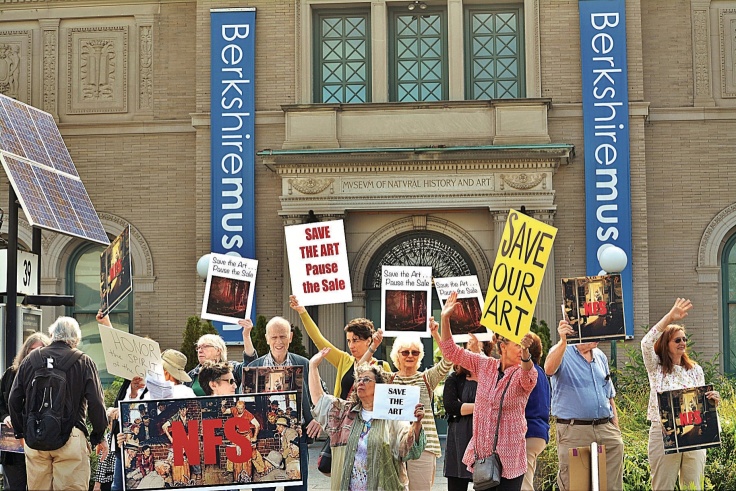By Mafalda Gómez-Vega and Luis César Herrero-Prieto
Repertoire programming decisions taken by symphony orchestras usually pursue a mixture of aims that embrace both quality and audience success. We also assume there is a link between fineness or brilliance and excitement. Based on these premises, we assess the quality of symphony orchestras by evaluating their musical repertoire using three partial indicators: contemporaneity, most well-known composers, and repertoire originality.
Continue reading “MEASURING EMOTION THROUGH QUALITY IN SYMPHONY ORCHESTRAS”






Recent Comments